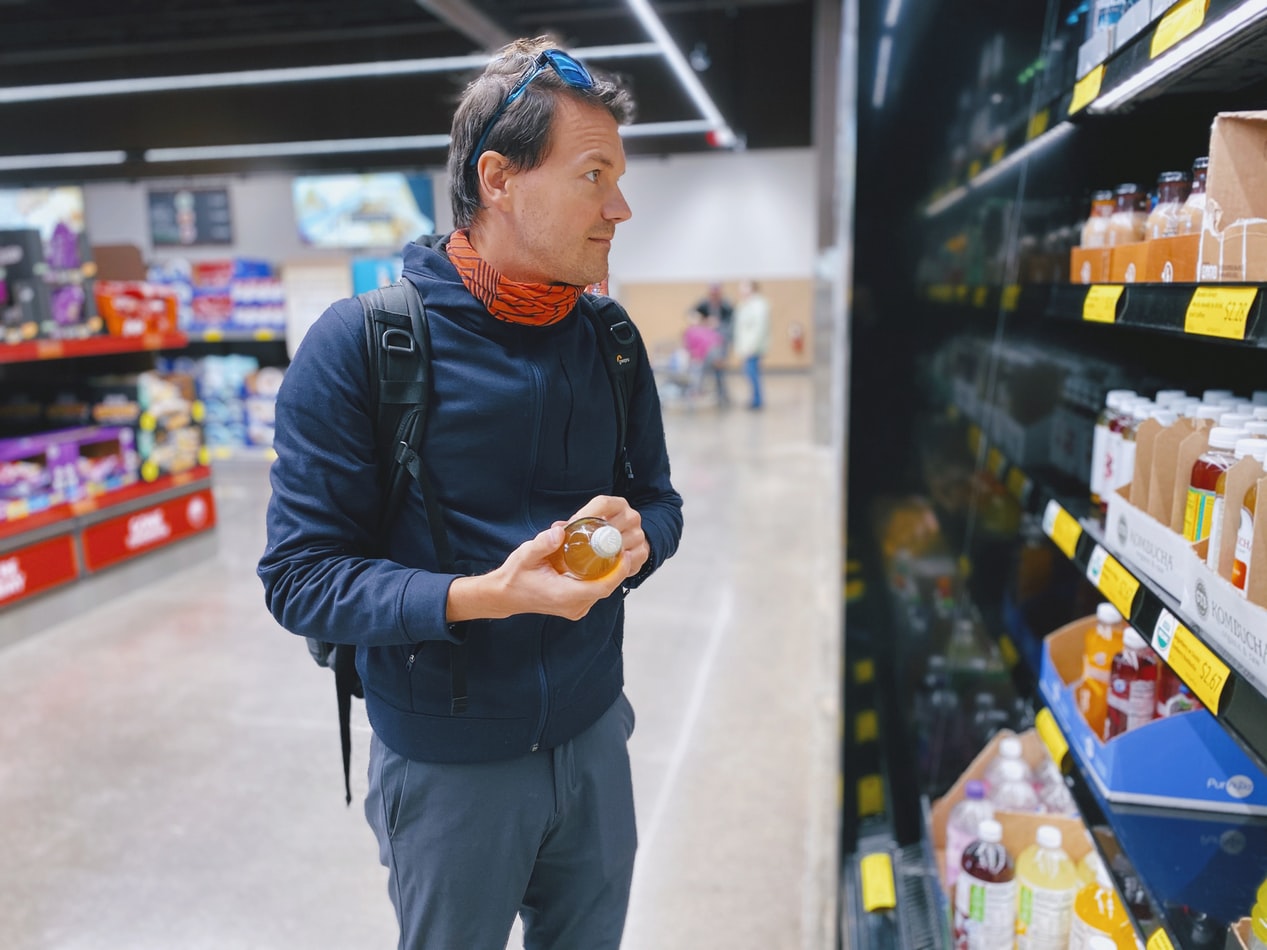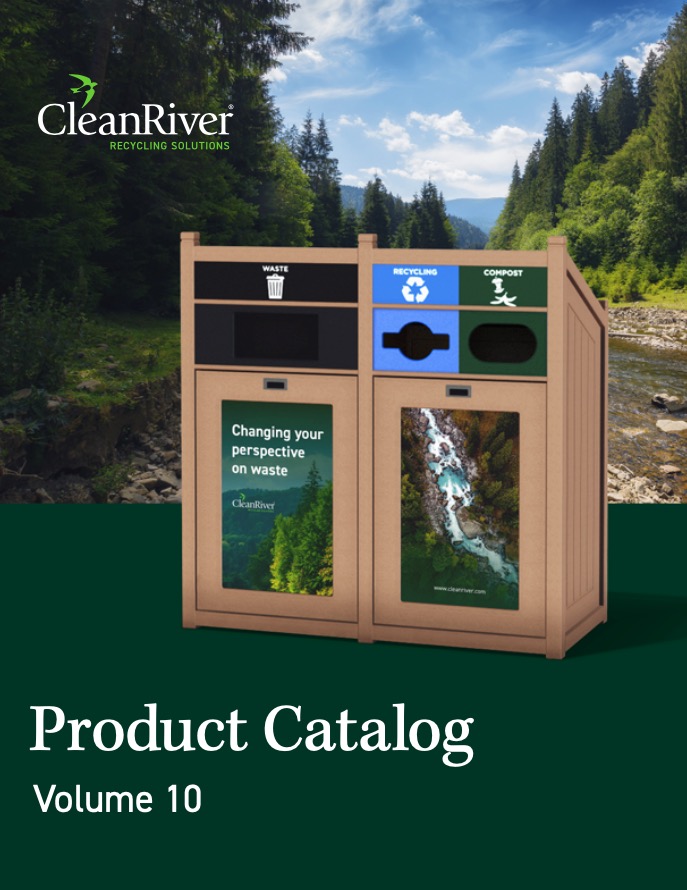Share
We have tried and tried again to put together a list of what can and can’t be placed in your blue bin. But the truth of the matter is, every township has such different guidelines on what is accepted and what is not, it’s very difficult to create an overview applicable for all. Instead, we have outlined 6 different ways you can determine what belongs in your blue bin:
 1. Check Labels on Each Product
1. Check Labels on Each Product
A majority of the time, products and product packaging have labels that tell you whether or not they can be recycled! Just keep an eye out for the recycling symbol. In some cases, the recycling symbol will have a number in the middle and this represents the type of plastic the product is composed of. The numbers range from 1-7 and which dictates the different types of plastics while sorting. For example, #1 represents PETE or Polyethylene Terephthalate which is the easiest of plastics to recycle and is typically found on water bottles and common food packaging. Make sure you know which numbers your township’s recycling program accepts!
2. Check With Your Waste Hauler
Reach out to the source!! Your waste hauler has been given a set list of what can and cannot be picked up when they collect recycling, and they can relay these guidelines to you.
3. Find Your Township’s Website
Every township has a website that is easily accessible online. Simply search, your township + “recycling” or “blue bin” and the correct web page will appear. Every township’s website will outline exactly what can be recycled in that community, along with pick-up days and information on other drop-off locations in case items cannot be collected.
4. Discuss With Neighbours
Whether you are new to the subdivision or your business has opened in a new location, it never hurts to discuss the local recycling program with your neighbours. People who have been living or working locally will likely be aware of the township’s recycling guidelines.
5. Visit Your Local Library
Libraries have been and will continue to be a valuable source for information in communities. Stop by and check out different booklets and info packets they have available on your local recycling program.
6. Watch YouTube Videos
If all else fails, fall back on your #1 source of all things entertaining, YouTube! There are videos on how to do everything online, including what can and cannot be recycled. Be sure to check if the person who made the video is from your particular region.
___________________________________________________________________________________________________
Looking for more sustainability tips? Check out our other blogs on recycling and compost:
- 5 Ways to Avoid Single-Use Plastic
- What Goes in the Compost Bin? 4 Tips to Get Organics Collection Right at Your Business
- How to Encourage Recycling in the Workplace – 5 Simple Tips
CleanRiver Recycling provides a variety of innovative, flexible and customizable recycling solutions. To determine the right solution to meet your needs, use the CleanRiver product selector.
If you have additional questions that weren’t answered in this blog post please call us at 1-866-479-4038 or email solutions@cleanriver.com.



